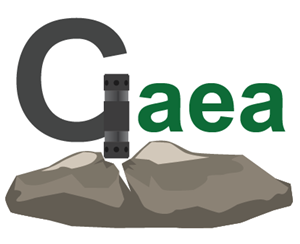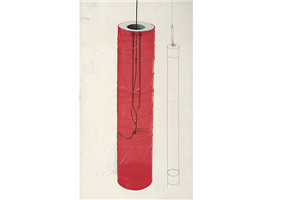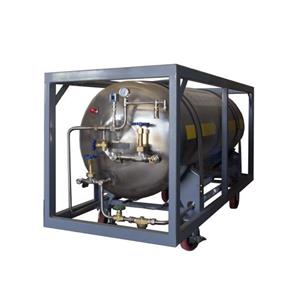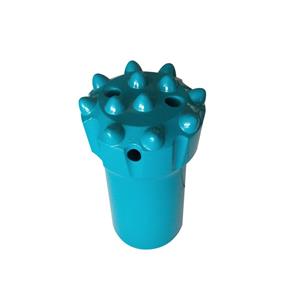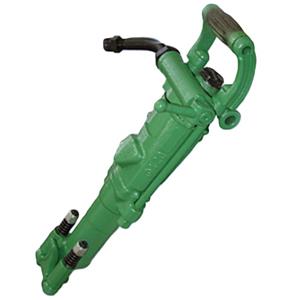Split-ring (circlip) vs. Cross-pin (dowel-pin)? The ultimate showdown for DTH (down-the-hole) drill bits
The split-ring and cross-pin DTH drill-bit connection systems differ significantly in structural design, suitability for working conditions, and maintenance characteristics. These differences directly determine which type is preferable for specific drilling scenarios. Below is a technical comparison and a summary of their core advantages and disadvantages based on engineering practice:
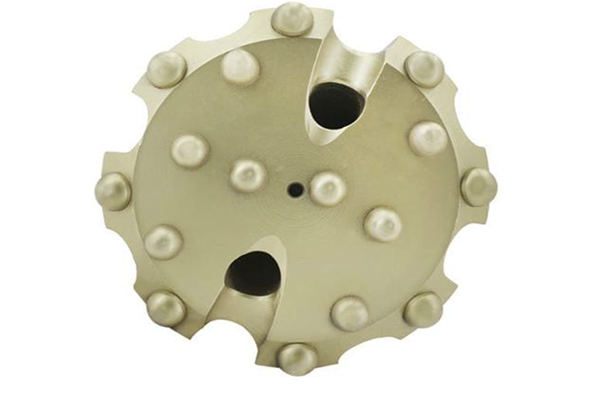
Core technical differences (1) Structural design principles
Split-ring (circlip) type: Uses a two-piece, split design composed of two axially symmetric half-rings. Double localization is achieved via stepped interfaces — the small-end outer diameter fits precisely into the inner annular cavity of the hammer’s front connection, while the large-end face mates with the guide sleeve, forming a rigid connection base.
Cross-pin (dowel-pin) type: Relies on predrilled pin holes in the bit and hammer into which a transverse pin is inserted to provide mechanical retention. Some models add a “plug + spring + rubber rod” retaining assembly; the rigid pin connection prevents pull-off.
(2) Installation and maintenance characteristics
Split-ring type: Assembly requires sequential insertion of the half-rings and spline engagement; disassembly is the reverse. Optimized hammer designs can speed up mounting/dismounting, but the procedure remains more complex than the cross-pin type.
Cross-pin type: Very simple operation — just insert or remove the pin. However, if the pin rusts, deforms, or the retaining assembly fails, the connection can seize, making disassembly difficult and maintenance much more challenging.
(3) Mechanical performance comparison
Split-ring type: Larger contact area yields more uniform load distribution. New stepped-ring designs shorten overall bit length and reduce mass, which can improve hammer output and lower the risk of stress concentrations.
Cross-pin type: Primarily carries shear loads; hammer energy is transmitted directly to the bit through the pin. This gives clear stress concentration at the pin, which is prone to wear, deformation, or even fracture.
Suitability for application scenarios In hard-rock drilling operations, the cross-pin type shows three main advantages:
Connection stability: The rigid pin connection withstands high-impact and high-torque conditions and prevents bit pull-off. The split-ring type has a greater risk of connection loosening under extreme conditions.
Energy transfer efficiency: Shorter shear-load transmission path means impact energy reaches the bit more directly; rock-breaking efficiency can be roughly 15–20% higher than the split-ring type.
Accuracy retention: With tight control of pin-hole tolerances, hole verticality deviation can be kept within about 0.5°, outperforming the split-ring type which may incur displacement defects due to reaction forces.
Engineering selection recommendations Bit selection should consider multiple factors:
Geological conditions: Prefer cross-pin for hard rock; split-ring is acceptable for medium-to-soft formations.
Equipment compatibility: Whether the hammer design matches the split-ring steps or pin-hole alignment.
Cost control: Cross-pin systems tend to have higher maintenance and replacement costs, but their efficiency advantages can shorten project duration.
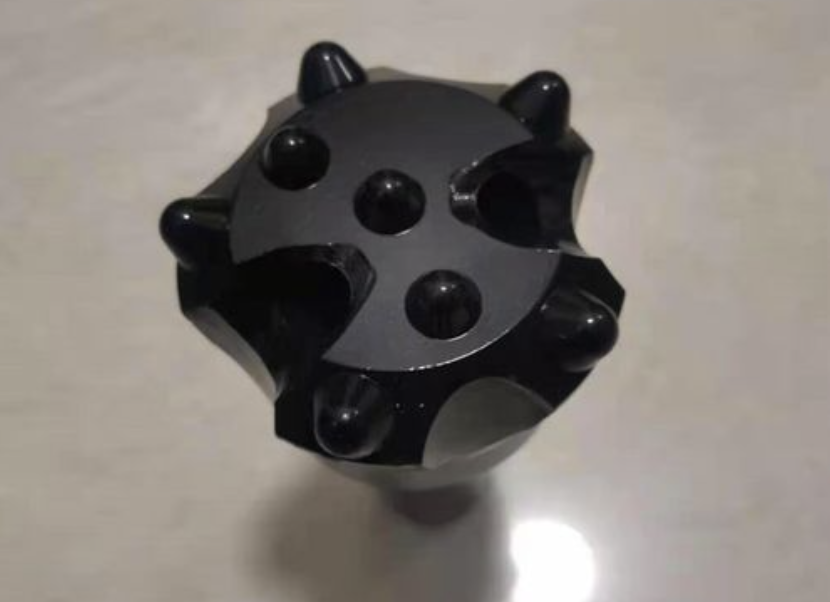
It is recommended to perform on-site test drilling to collect data and dynamically optimize the selection based on hole precision, energy consumption metrics, and component life.
